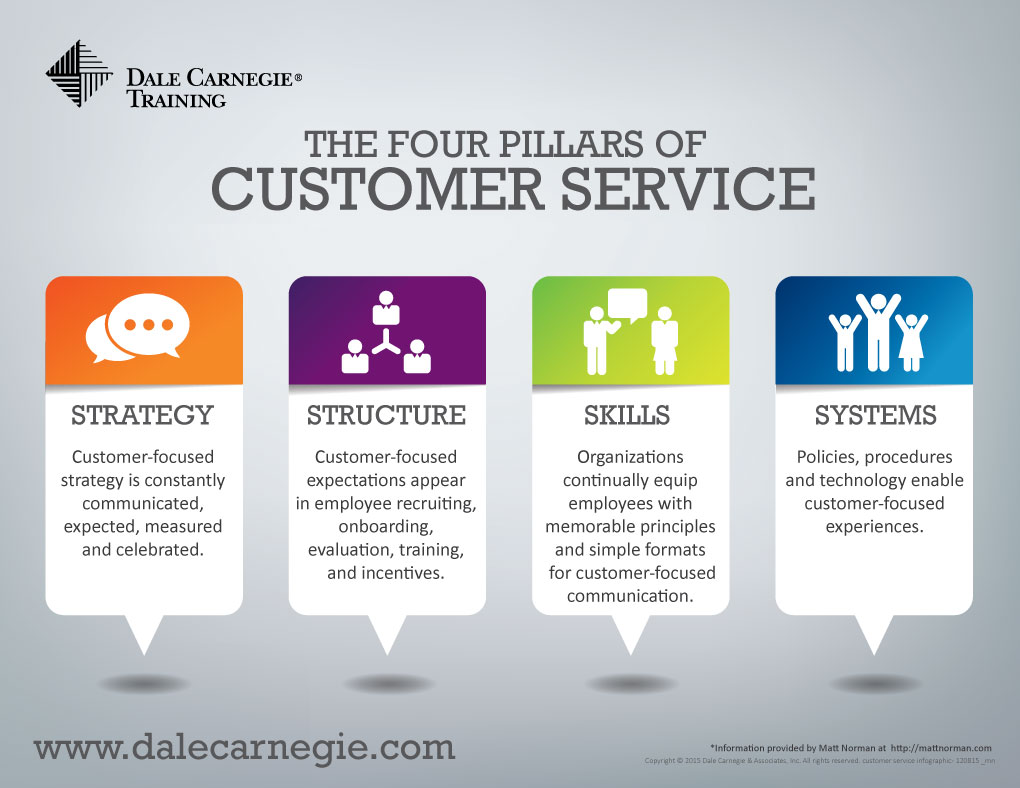Every Organization Should Make Customer Service Their Priority (And Here’s How)
A senior executive recently admitted to my brother-in-law that his organization was more focused on doing tasks than being customer-focused. My brother-in-law is a partner at a global management consulting firm, so he naturally set out to answer this question:
How do organizations remain customer-focused amidst the continuous pressures on employees to get their work done?
For even the most people-oriented businesses, it’s very difficult for organizations to remain relational amidst unrelenting pressure to be transactional.
To make customer focus a priority, organizations need to engage in the practice of customer service. To calibrate our definition, customer service is the provision of a service to customers before, during and after a transaction. The perception of success of such interactions is dependent on employees who, as Leigh Buchanan from Inc. magazine puts it, “can adjust themselves to the personality (and needs) of the customer.”
Consider how well you and your organization are adjusting to the personality and needs of your customers, especially when you’re focused on getting tasks and deals done.
My brother-in-law and I combined his experience in management consulting and mine in training organizations in customer service to develop these four pillars of a customer-focused organization, one that adjusts to the personality and needs of its customers. Consistently exceeding customer expectations and building personal connection happens when all four of these pillars are in place.
The pillars are relevant in business-to-business, business-to-consumer, government and social services organizations.
- Strategy. The Ritz-Carlton makes customer service a company vision, mission, value, strategy and goal. It’s unmistakable in new employee orientation when a senior company leader addresses the group. As former company president Horst Schulze regularly declares: “Every employee should be empowered to move heaven and earth to take ownership of problems.” Customer-focused strategy should be constantly communicated, expected, measured and celebrated.
- Structure. Employee incentives need to reward customer focus, and roles should be defined so that service expectations show up in employee recruiting, onboarding, evaluation, training and promotion opportunity.
Last weekend, after making a purchase at the register of a bookstore, I was delighted to find two women in the store offering to gift wrap my purchase in hopes of a donation to their charity. When I returned to the register to change my cash to make a donation, I was tersely told, “The register only opens if you buy something with cash.” No problem. I offered to wait until someone else paid with cash. “No, you can’t do that,” I was again scolded. So I walked across the street to find a much more accommodating employee at Starbucks. These two stores have similar customers but seem to have very different expectations for how their people interact with those customers. - Skills. Customer-focused organizations continually train and equip their people with memorable principles and simple formats for communication in moments of truth. For the past ten years I’ve purchased a resistance band for personal strength training from the same company. Due to natural wear-and-tear, I’ve had to replace the band twice. No problem. Last week I ordered a new one online.
But when it arrived, it was very different from the previous two. When I called the company, I was told that these changes to the design are explained on the website and I should have seen it. When I asked to return the band, I was given a return authorization code and the call ended. No alternatives, no suggestions, no sympathy. I was left wondering, did they just lose a sale…did they just lose me forever? This representative of the company was ill-equipped to respond in this moment of truth. - Systems. During a recent snow storm, I called our cable provider, DirecTV, and received quick suggestions on how to re-establish our lost signal. The ideas didn’t work, so I called back ten minutes later. This time, as soon as I identified myself to the automated responder, I was told that they recognized I was calling back shortly after reporting troubles, so I would be immediately transferred to a specialist to help me troubleshoot the problem. This is an example of how systems enable performance. When policies, procedures and technology conspire for the customer, everyone wins.
Next week, we’ll explore how leaders can provide helpful accountability to maximize these four pillars. In the meantime, which of the four pillars are most needing attention in your work?










Comments are closed here.